How to determine if teardown interest exceeds resale value
Q: We have a very nice mid-’50s home in a great neighborhood. We are only the second owners of the home. It’s well maintained, but its “2025” shortcomings are it has one bathroom, one garage space and two bedrooms. We are near town and the train line. Comparable condos in town are selling for much more than I think we could expect.
Our lot is particularly well positioned, and it’s likely the lot’s value may exceed the house value. There have been many teardowns since 2000, eight of 14 on our block.
As a seller, how would I determine if the teardown interest exceeds the resale value?
A: You’ve already identified the key issue: with eight of 14 homes torn down on your block, you’re living in what’s become a teardown neighborhood. That’s a significant clue about where your value lies.
What we have seen is when teardown sales represent more than 50% of recent transactions in an area, the land typically drives the value, not the structure. Your well-maintained home may have sentimental value, especially to you, but developers see buildable square footage near a train line.
It’s also helpful for sellers to understand how developers think about the financials around a teardown. Typically, the lot represents 25% to 33% of the final sales price. So, if you sell your house for $250,000, a developer is wondering whether they can sell the final house for between $750,000 and $1 million.
Start by finding three or four top agents who’ve handled both traditional sales and teardowns in your neighborhood. You can look up the properties on a national listing site like Zillow.com or Realtor.com and may be able identify the agents that sold the property. Or, drive around and look up some of the houses for sale and call a few of the listing agents.
Once you have the names of the agents, ask them to provide two separate valuations — one for your home as a residence and one for the lot as a development opportunity. The agents who sold those eight teardowns on your block will give you the most relevant comps.
Next, get the math working in your favor. If your lot value exceeds 60% to 70% of what you’d get from a traditional buyer, you’re almost certainly looking at teardown pricing. The fact that nearby condos are selling for more than single-family homes tells us that land is scarce and valuable in your area.
That doesn’t mean you won’t get buyers who decide to make a better offer than a developer would because they want to upgrade the property for themselves. Listen carefully for clues about the current population of buyers as the agents talk about their different clients.
Our advice? Market it both ways. Highlight the home’s original charm while including lot dimensions, zoning details, and development potential in your listing. Price at the higher end and let the market decide. You might attract a buyer who loves mid-century homes, but you’ll likely get stronger offers from builders.
Make sure you understand the value in your property before you list so you don’t wind up leaving money on the table. We’ve found that developers looking for land typically know the areas they are interested in. So, whether you mention the home as a possible lot for a future home or not, those people that are in the know won’t need to be told.
At the end of the day, the person that decides to buy your home will pay the most for it to either live in it or tear it down and build a new home. And, you shouldn’t care which happens as long as the check clears.
Good luck.
========
(Ilyce Glink is the author of “100 Questions Every First-Time Home Buyer Should Ask (4th Edition).” She writes the Love, Money + Real Estate Newsletter, available at Glink.Substack.com. Samuel J. Tamkin is a Chicago-based real estate attorney. Contact Ilyce and Sam through her website, ThinkGlink.com.)
©2025 Ilyce R. Glink and Samuel J. Tamkin. Distributed by Tribune Content Agency, LLC.
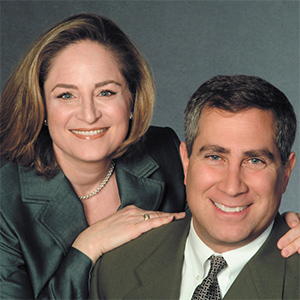
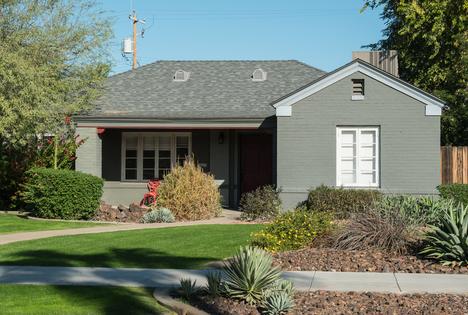
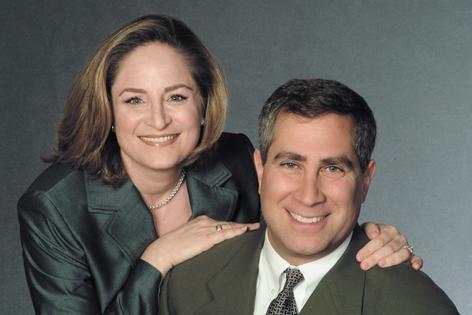





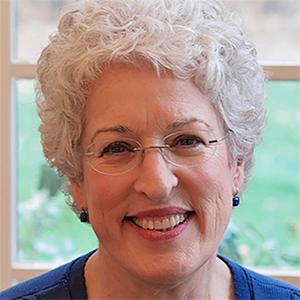


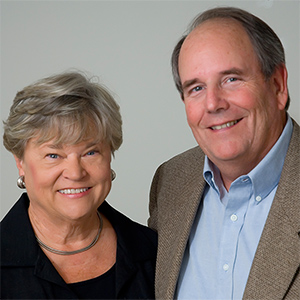




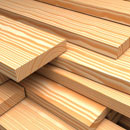










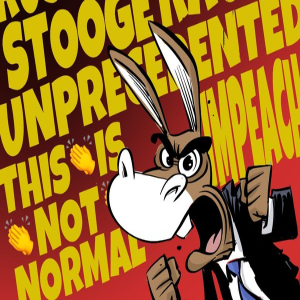


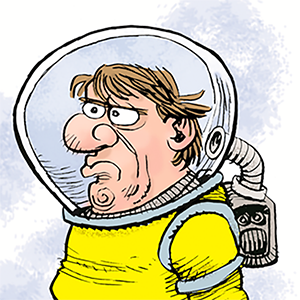

Comments